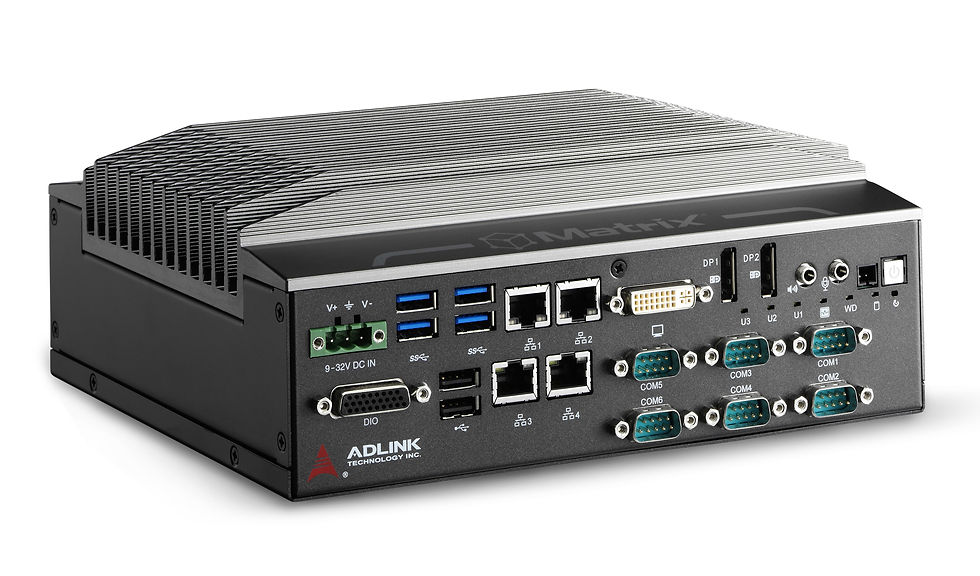All You Need to Know About AC-DC Power Supplies
- joddiemarshall6
- Sep 14, 2022
- 3 min read
AC-DC power supplies are available in many forms. These include Adapter-style, Primary switch mode, Variable range, and Unregulated power supplies. Regardless of your requirements, you can find an ideal AC-DC power supply with the right features for your needs. Read on to learn more about them!

Adapter-Style AC-DC Power Supply
An adapter-style AC-DC power supply converts AC line voltage to DC voltage for battery charging, LED lighting, and a variety of other applications. These devices can replace plug-in AC adapters when they are insufficient for the application. They have a variety of features, including short-circuit and overload protection. Some power supplies even shut down temporarily if their operating parameters are outside their safe operating range.
AC/DC adapters are primarily desk-mount devices that accept AC input voltage from a wall outlet and output DC voltage. They come in several different configurations, including two-wire, three-wire, and multi-output models. Some adapters have more than one output, and they may be rated for the total DC power they supply.

Adapter-style AC-DC power supplies can be quite compact. They are UL-listed and provide up to three amps of output current. These units can accept input voltages of 100-240 VAC. Adapter-style AC-DC power supplies have a centre-tapped transformer, a 1000 uF filter, and a six-foot cord with a single-pin, 3.5mm plug.
Primary Switch Mode AC-DC Power Supply
A primary switch mode AC DC Power Supply is a device that supplies DC from a source to a load. This device is used to provide power to a variety of electronic devices, including personal computers, television receivers, and computer monitors. This type of power supply uses a boost converter circuit to reduce harmonic distortion and improve waveform shape. The boost converter circuit contains a driver IC, transformer, and switching power semiconductors that produce a high alternating voltage. In addition, the transformer provides an isolation barrier and permits step-up and step-down voltages. Depending on the load, switching frequencies can range from 25 kHz to 500 kHz.

The output current of an SMPS depends on several variables, including the power input, the switching elements, and the circuit topology. The switching elements are typically connected in series, with a common ground line. Despite the similarity of switching circuit topologies, each one has its unique properties. Each switching regulator design has different characteristics such as output voltage ripple, steady-state duty cycles, and solid-state switch action. The frequency response of an SMPS is also different from that of a linear regulator.
Variable Range AC-DC Power Supply
Unlike other AC-DC power supplies, which require a constant voltage source, variable range AC-DC power supplies do not have a fixed voltage source. Instead, they change voltage based on a small number of parameters. As the cost of energy increases, power supply efficiency becomes more important. A good power supply should be at least 90% efficient.
Variable range AC-DC power supplies are available in various voltage ranges, including 48V and 12V. It is important to know the range of the application for which the AC-DC power supply is required. Some applications may require adjustable voltage, such as LED or test and measurement applications. Purchasing a variable range AC-DC power supply can save you time and money in these circumstances.

Variable range AC-DC power supplies are available in a variety of sizes. The TX-VADC-1KVA-M1 is an example of a portable AC-DC power supply. This model has a 120V input, a 120V output range, and overload protection. It also comes with a power cord and a waterproof metal case.
Unregulated DC Power Supply
An unregulated DC power supply is a type of DC power supply without a regulator. They are used in applications where there is no need for precision or safety. They are inexpensive and durable. However, they are not appropriate for sensitive electronics or other devices with consistent current draws. In some cases, it is better to use a regulated power supply for such applications.
A regulated DC power supply provides a constant current to the load. The current in such a device follows Ohm's law. When a device draws a greater current than the DC power supply can provide, it switches from a CV mode to a CC mode. A power supply also limits its output voltage.

Choosing the right DC power supply depends on its characteristics. The most effective tool for identifying an unregulated power supply is an oscilloscope. An oscilloscope measures both current and voltage. To measure the current, use a non-inductive current shunt or two independent differential amplifiers. You can then multiply the current and voltage waveforms to get the power waveform. This will reveal the power factor and power line harmonics.



Comments